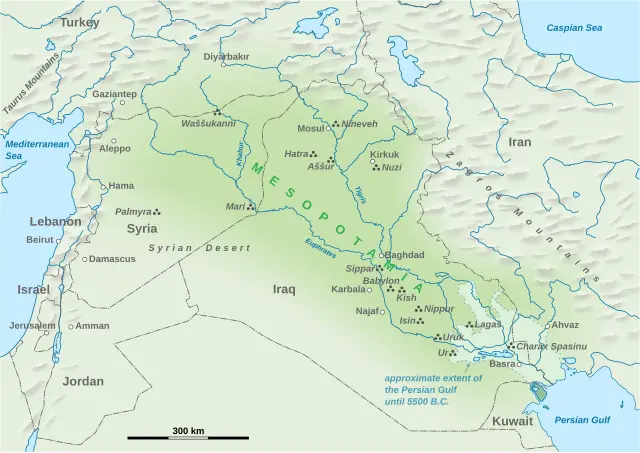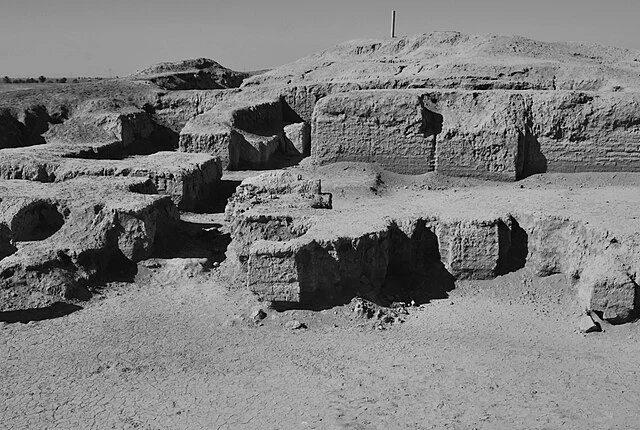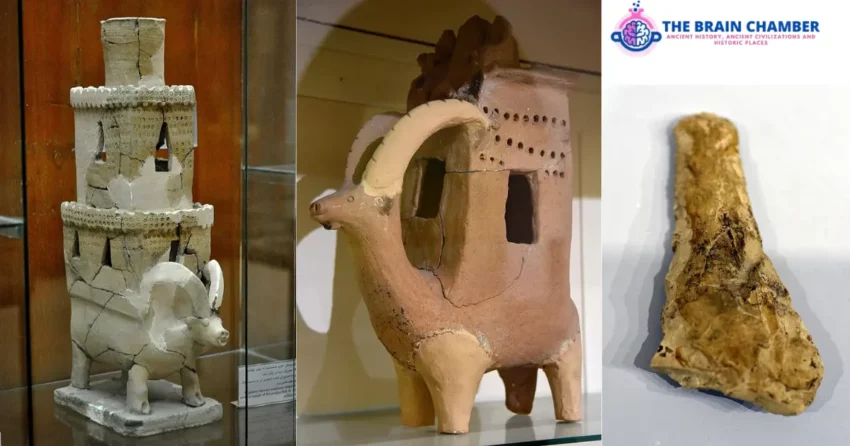Tell Bazmusian is an important archaeological site located in the Zagros Mountains of present-day Iraq. The site lies near the town of Ranya in the Sulaymaniyah Governorate, within the Ranya Plain. This area is rich in history, as it has been continuously inhabited for thousands of years. Tell Bazmusian provides crucial insights into ancient Mesopotamian civilizations, particularly those that existed in the late Neolithic and early Bronze Age.
Get your dose of History via Email
Historical Context and Importance

The region where Tell Bazmusian is situated was a vital cultural and economic hub in ancient Mesopotamia. Mesopotamia, often called the “Cradle of Civilization,” is where some of the earliest known societies developed. Tell Bazmusian is one of several mounds, or “tells,” that dot the landscape. These mounds are the remains of ancient settlements built up over time.
Tell Bazmusian dates back to approximately 3200 BC, during the late Ubaid period. The Ubaid period is significant because it marks the transition from small, simple agricultural villages to more complex societies. This period also saw the development of irrigation, which allowed for more stable food production and population growth.
Excavations and Discoveries

Archaeological excavations at Tell Bazmusian began in the early 1950s, led by the Iraqi Directorate of Antiquities. These excavations were conducted as part of a larger salvage operation ahead of the construction of the Dokan Dam. The dam’s construction threatened to submerge several archaeological sites, including Tell Bazmusian.
Excavations at the site revealed several layers of occupation. The earliest layers date back to the Ubaid period, while the most recent layers are from the Neo-Assyrian period (around 911–609 BC). Researchers uncovered various artifacts, including pottery, tools, and remains of buildings. These findings indicate that Tell Bazmusian was a long-term settlement with a complex social structure.
The discovery of large storage jars suggests that agriculture and trade played significant roles in the community’s economy. Additionally, the remains of religious structures indicate that the inhabitants practiced organized religion.
Cultural and Economic Significance
Tell Bazmusian’s location in the Ranya Plain made it a strategic site for trade and agriculture. The plain’s fertile soil and access to water sources from nearby rivers made it ideal for farming. The site’s proximity to trade routes also allowed for the exchange of goods with neighboring regions.
The artifacts found at Tell Bazmusian, such as pottery, reveal much about the daily lives of its inhabitants. Pottery styles evolved over time, reflecting changes in cultural influences and technological advancements. Some pottery found at the site is similar to that of the Ubaid culture, which spread throughout Mesopotamia during the fourth millennium BC. This suggests that Tell Bazmusian was part of a broader cultural network.
The Impact of Modern Developments
The construction of the Dokan Dam in the mid-20th century had a significant impact on Tell Bazmusian. The dam created Lake Dokan, which partially submerged the site. As a result, further excavation and research at Tell Bazmusian have been limited.
However, the salvage excavations conducted before the flooding provided valuable information about the site and its history. These excavations preserved a record of the settlement and its importance in the ancient world.
Conclusion
Tell Bazmusian is a key archaeological site that offers insights into the development of early complex societies in Mesopotamia. Its long history of occupation, from the Ubaid period to the Neo-Assyrian period, reflects the region’s significance in the ancient world. Although modern developments have limited further exploration of the site, the findings from past excavations continue to contribute to our understanding of ancient Mesopotamian cultures. Tell Bazmusian remains an important link in the chain of human history, connecting us to the distant past of one of the world’s earliest civilizations.
Source:

